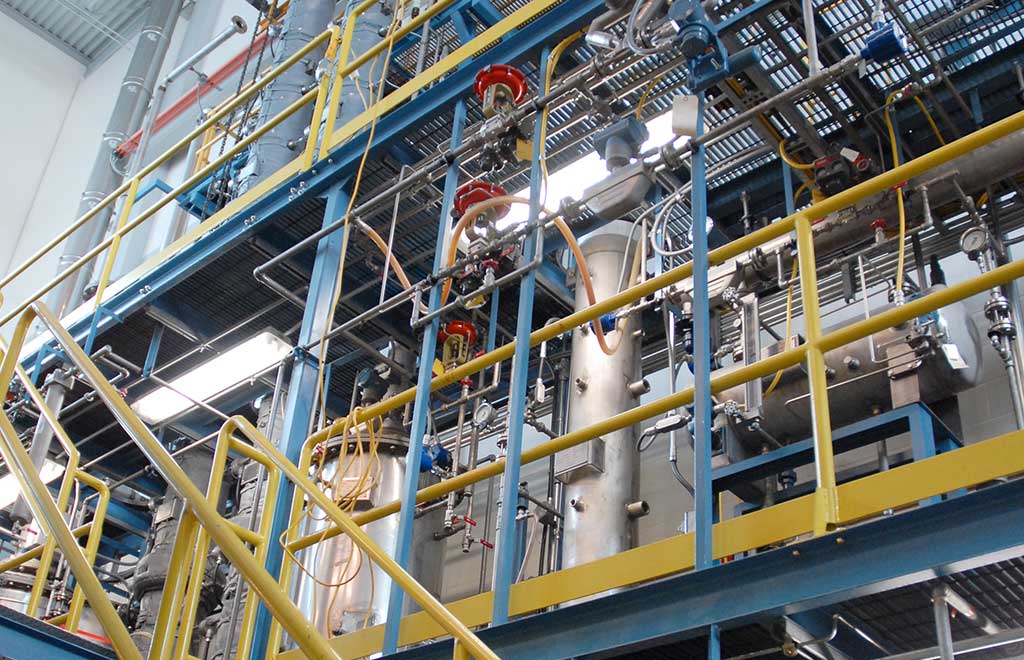CO2 Storage and Utilization
The most common use of captured CO2 is its injection into depleted oil fields to enhance oil recovery. It has also been pumped into greenhouses to boost plant growth.
Currently, many companies and researchers are developing new uses and products for captured CO2, such as for making concrete, chemicals and fuels. CO2 is also being used to create synthetic fuels (the process of which can be initiated with syngas obtained from the reaction of CO2 with methane) and increase energy efficiency. CO2 is made to react with hydrogen through a catalytic reaction to produce methanol which is used as a gasoline additive and for biodiesel production.
Carbon materials-graphene, carbon nanotubes and carbon fibers can be made from CO2. Graphene is an efficient electrical conductor; carbon nanotubes are used in batteries, electronics, sporting goods and more; carbon fiber can be used in aerospace, energy, and concrete, automobiles and sporting goods.
The incorporation of CO2 into cement could permanently store it for years in buildings, sidewalks and walls.

Journal Publications
2019
- Essien, E., Ibrahim, H., Mehrandezh, M., Idem , R., 2019, Adaptive neuro-fuzzy inference system (ANFIS)– based model predictive control (MPC) for carbon dioxide reforming of methane (CDRM) in a plug flow tubular reactor for hydrogen production, Thermal Science and Engineering Progress, 9, 148-161
Knowledge Translation
2019
- Idem, R. Hydrogen from Fossil Fuel and Biomass with CCS. Training provided to attendees of IEA organized International CCS Summer School, Regina, SK, Canada, July 7- 12, 2019.
